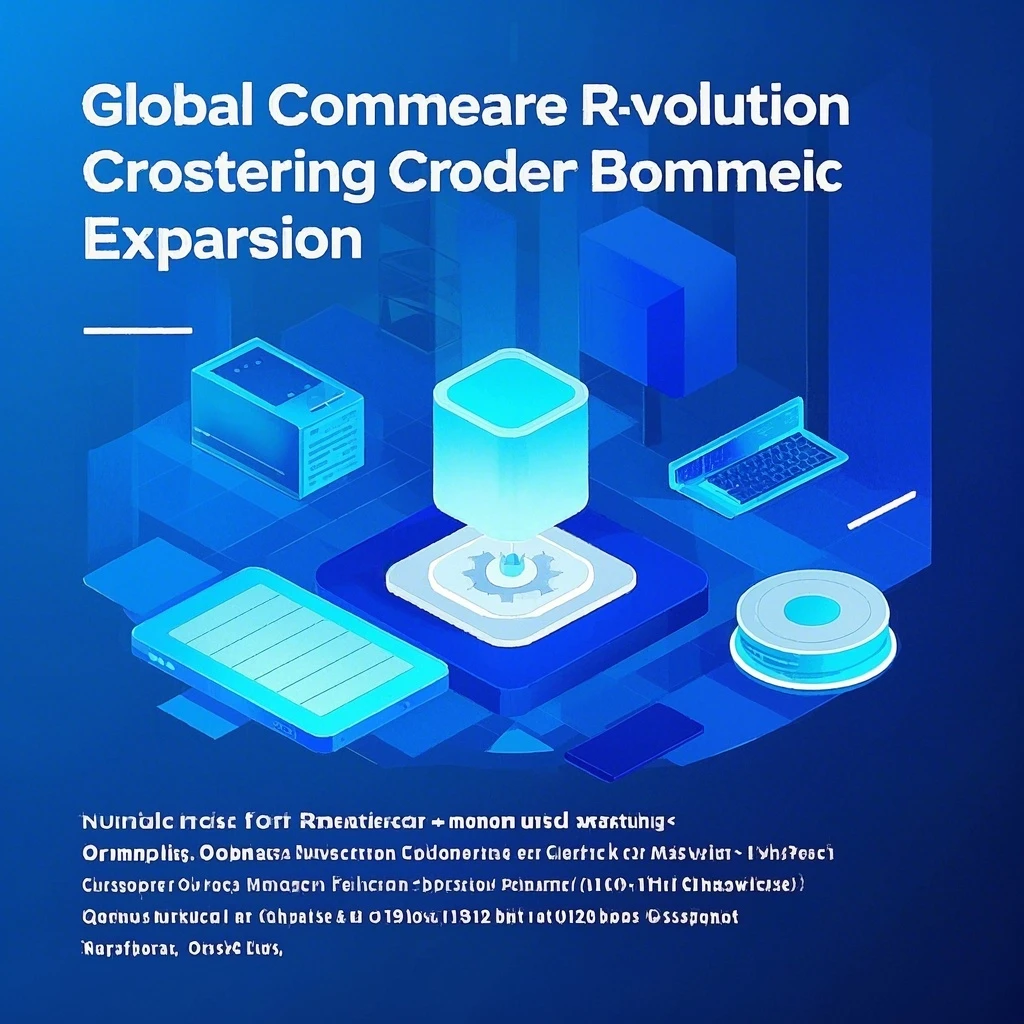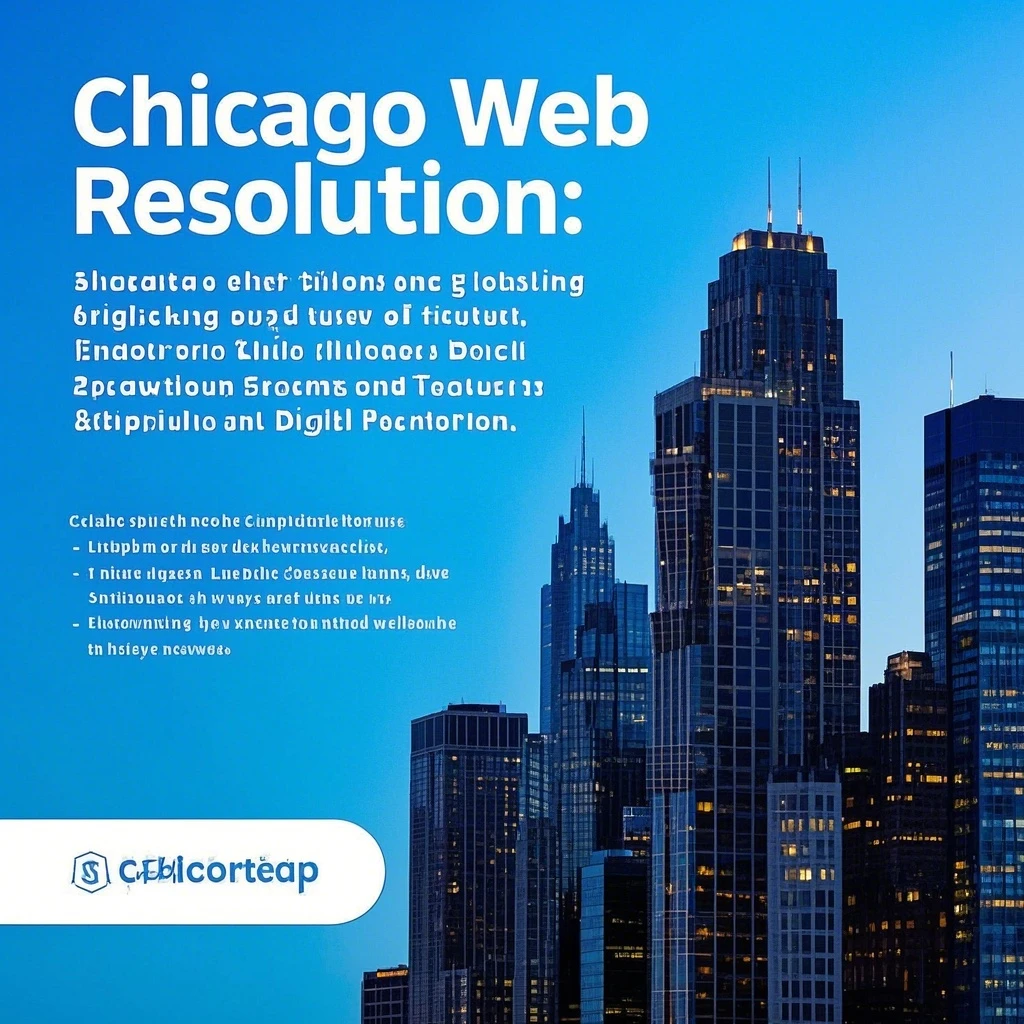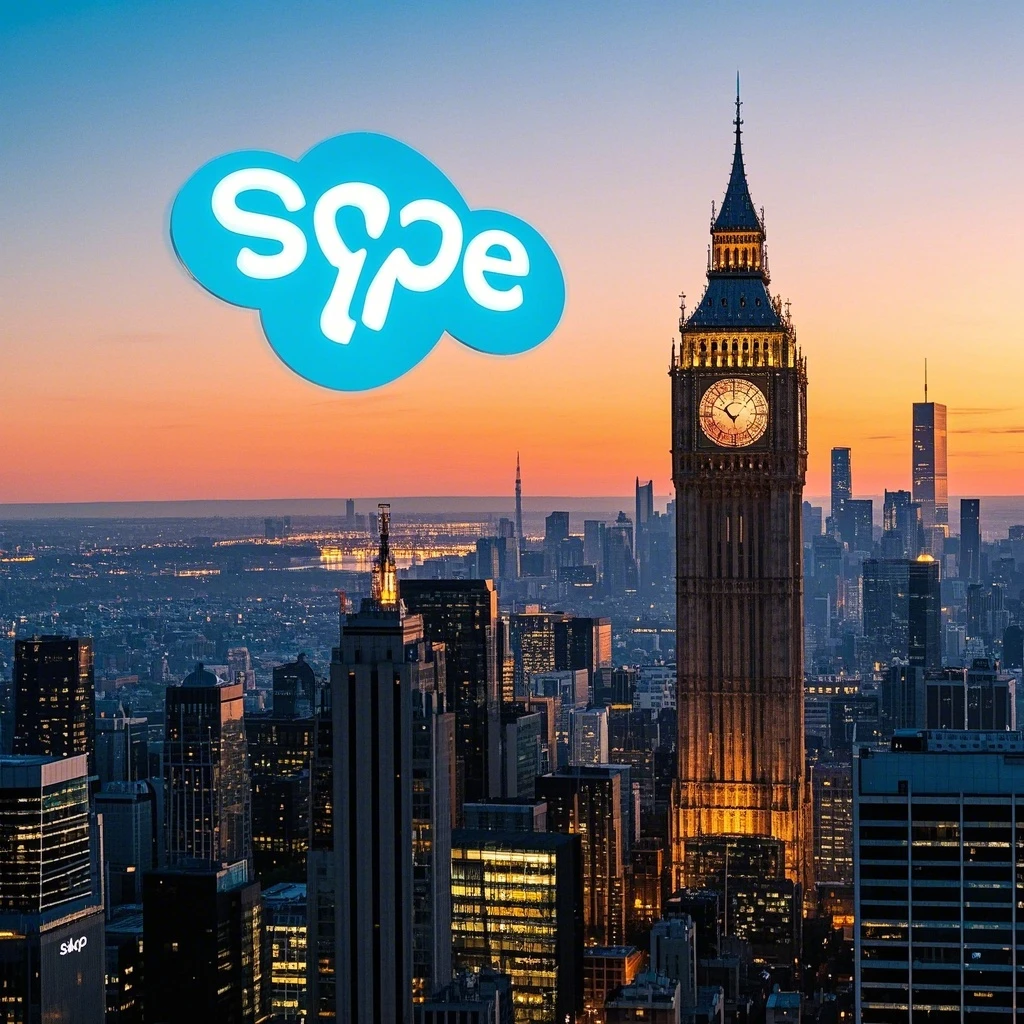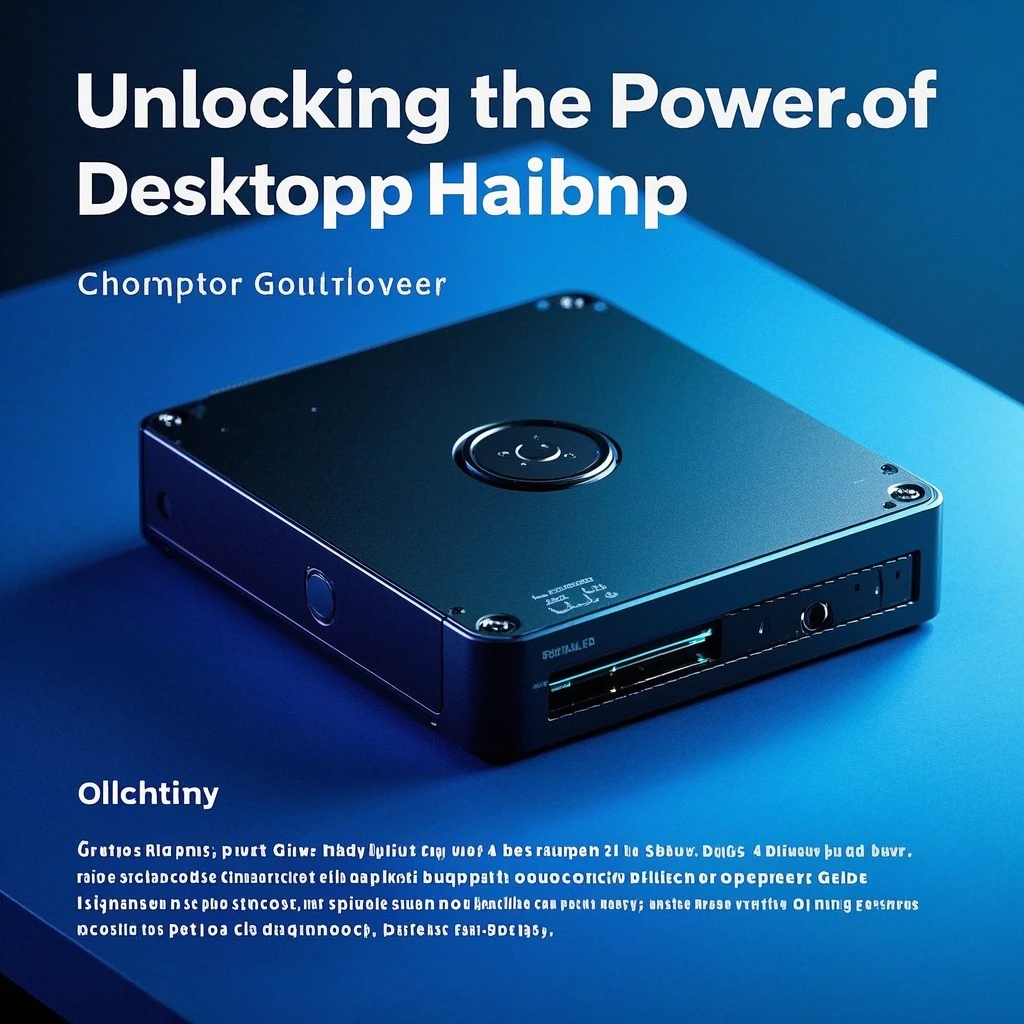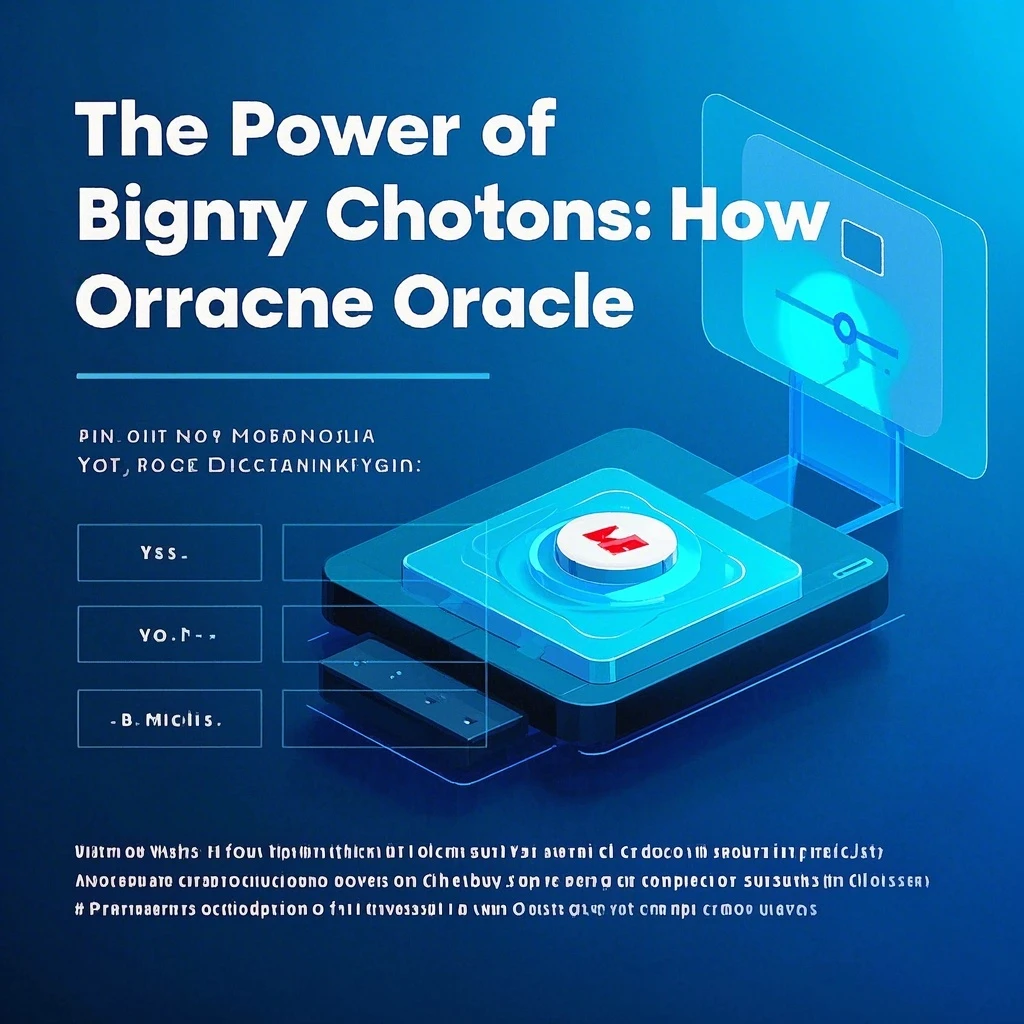GPT-4o’s Image Generation Revolution: How Non-Autoregressive Models Are Redefining AI Art

In the fast-evolving world of AI, a quiet revolution has been brewing—one that could reshape how we create, interact with, and trust visual content. Two days ago, I published an article dissecting ChatGPT’s image generation capabilities, only to be met with a surprising challenge from a seasoned AI expert. Their claim? I’d unknowingly tested an outdated model, while the real GPT-4o was far more advanced.
This sparked a deep dive into the murky waters of AI model versions, prompting a hands-on investigation into the true power of OpenAI’s latest tools.
The Great Model Mix-Up: DALL·E vs. GPT-4o
My initial tests used ChatGPT’s default image generator, producing lackluster results—misplaced objects, garbled text, and inconsistent style. A viral prompt like “two people pushing each other” returned comedic failures, suggesting the model misunderstood basic physics.
But the expert’s accusation changed everything. They revealed a critical distinction:
- DALL·E (Legacy): The original text-to-image model, prone to hallucinations and limited context.
- GPT-4o (Next-Gen): A non-autoregressive powerhouse, trained on 4 billion parameters and capable of multi-modal reasoning.
The litmus test? Entering 100+ words: DALL·E jumbles text; GPT-4o nails 99% accuracy.
Testing GPT-4o: From Artistic Vision to Mechanical Precision
To validate, I ran a battery of tests across four categories:
1. Botanical Complexity
Prompt:12 flowers in a 4x3 grid on a wooden tray with a glass bottom and animal fat layer. Top row: ylang-ylang, osmanthus, yellow champaca; Second: tuberose, gardenia, jasmine; Third: carnation, peony, pink hyacinth; Fourth: blue iris, violet, wisteria. Sunny afternoon photo.
Result:GPT-4o delivered a hyper-detailed image, with each flower’s texture and arrangement flawlessly rendered. The glass bottom’s refraction and animal fat’s translucency added a professional touch—a stark contrast to DALL·E’s chaotic attempts.
2. Creative Composition
Prompt:A retro study with a dim, warm lamp, 泛黄 books, a feather pen, and steaming tea. Oil painting style, timeless atmosphere.
Result:The generated image evoked Rembrandt’s chiaroscuro, with light dancing off the teacup’s surface. GPT-4o even added subtle dust motes—a level of detail impossible for older models.
3. Photo Manipulation
Task:Remove hands from two water glass photos, merge them for an e-commerce poster.
Process:
- First attempt: Clean removal of one hand, but the second cup was ignored.
- Second attempt: After refining prompts, GPT-4o delivered a seamless composite, preserving reflections and shadows.
Verdict:A 40-second task that would take humans 30+ minutes.
4. Scientific Visualization
Prompt:Demonstrate Einstein’s time dilation: Alice ages on Earth; Bob stays young in a speeding spaceship.
Result: The generated image presents a visually prominent contrast between Alice's gray hair and Bob's youthful countenance, with accurate spacetime curvature effects contributing to the overall coherence. GPT-4o demonstrated high precision in label placement, requiring only one iteration for accurate results.
The Hidden Costs of AI Innovation
While GPT-4o’s capabilities are staggering, they come with caveats:
- Access Barriers: Only available via paid ChatGPT 4o subscriptions.
- Learning Curve: Requires precise prompts to unlock full potential.
- Ethical Risks: Hyper-realistic outputs blur the line between AI and human creativity.
The Future of Visual AI: Beyond GPT-4o
As we push the boundaries of AI art, three trends emerge:
- Non-Autoregressive Dominance: Models like MidJourney 6 and Stable Diffusion XL are adopting similar architectures.
- Multi-Modal Fusion: Tools like Adobe Firefly now blend text, images, and 3D assets.
- Enterprise Adoption: 78% of marketers plan to use AI-generated visuals by 2026 (McKinsey).
THE END

